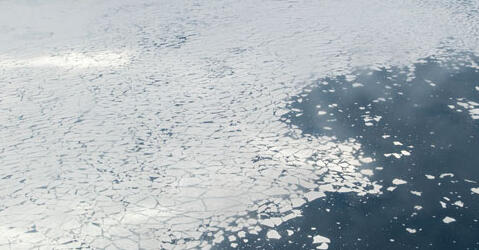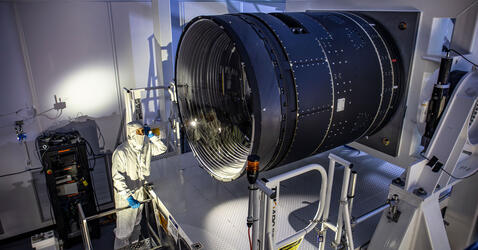You are here
Slideshows
The early 20th-century artist Robert Delaunay began painting at a pivotal moment in art history, namely during the chemical industry revolution, when the number of pigments available on the market increased. Today scientists are trying to solve the mystery of the painter’s colours, his purples in particular. One of the objectives of this research is to generate knowledge essential to conserving the works.
Recent Slideshows
Slideshow
05.22.2025
Since 1928, the Institut Henri Poincaré in Paris has been home to more than 600 mathematical models. Designed in the late 19th century for teaching purposes, they also inspired the Surrealists. Now...
03.19.2025
How to measure the dislocation of ice floes, the immense expanses of ice floating in polar seas? Easy! Create a model of the ice pack, find the best way to shake it, and watch as it breaks under the...
Slideshow
12.04.2024
As indicators of the degradation of permafrost – permanently frozen soil – in mountainous areas, molards are receiving special focus from researchers. In his laboratory in Caen (northwestern France...
11.13.2024
Small or large, equipped with rotors or fixed wings, drones are gradually becoming part of daily life for CNRS scientists. They offer invaluable help, making it possible to see what was heretofore...
Slideshow
11.08.2024
After more than nine years of research at the Grotte Mandrin site in the Drôme, the archaeologist Ludovic Slimak and his team have confirmed that they have unearthed the remains of a Neanderthal,...
Slideshow
07.12.2024
It took hundreds of scientists worldwide, including several CNRS teams, to produce the world’s largest digital camera, the LSST (Legacy Survey of Space and Time), which has finally arrived in Chile....








